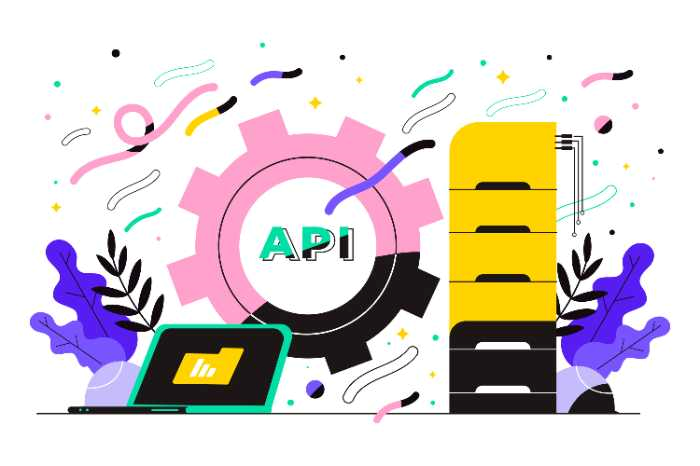5 Golden Rules for Great Web API Design | APIguy
5 Golden Rules for Great Web API Design
When you’re developing solutions, most of the time you’re designing for non-programmers or those who aren’t particularly tech-savvy. You might provide them with a graphical user interface, and if you’ve done your job correctly, you should have a decent sense of what they want the interface to accomplish.
On the other hand API development, is a completely different story. You’re probably creating an interface for programmers who you don’t even know. And whatever their background is, they’ll have the technical knowledge (or at least believe they have it) to find every little fault in your program. Users will be just as critical of your API as you would be of theirs, and they’ll enjoy analyzing it.
With all of that in mind, let’s get started with our discussion on the 5 Golden Rules for Building a Great Web API.

1.Make sure your API is well-documented
The first rule is that you absolutely must have comprehensive documentation for your API. Documentation is key for any public-facing interface, but it’s especially important for APIs, which can be quite complex.
Your documentation should include a description of each API endpoint, as well as what parameters are required and what the response will look like. It’s also a good idea to include some code samples showing how to use the API.If your API is well-documented, it will be much easier for developers to use it and get the results they’re looking for.
So, how do you make decent documentation?
The easy part is documenting the API operations themselves, which includes providing examples of requests and responses as well as explanations of each aspect in both. Fortunately, there are a growing number of software tools that make it easier and faster to produce documentation.
2. Keep your API stable and consistent
The second rule is that your API must be stable and consistent. Stability means that the API doesn’t change too frequently, and when changes are made, they’re well-documented and communicated in advance. Consistency means that the API behaves in a predictable way, and that results are returned in a format that’s easy to parse and use.
If your API is stable and consistent, developers will be able to rely on it and build robust applications on top of it. They won’t have to worry about things breaking unexpectedly, and they’ll know exactly what to expect when they make a call to the API.
3.Make your API flexible
The third rule is that your API should be flexible. This means that it should be able to accommodate a wide range of use cases and allow developers to get the data they need in the format they want.
A flexible API will make it easy for developers to integrate your service into their applications, and it will make it more likely that they’ll continue using your API in the future.
4.Secure your API
The fourth rule is that your API must be secure. This means that all data should be encrypted in transit and that sensitive data should be stored securely on the server.
One of the most essential features to add to your online service is security. However, far too many developers make it difficult to authenticate and authorize their APIs. You should provide easy-to-understand instructions for authenticating and authorizing your API when using it. This should not be a difficult problem for an end-user to solve.
You should also consider implementing some sort of authentication and authorization scheme to ensure that only authorized users can access your API.
If your API is secure, developers will have peace of mind knowing that their data is safe, and they’ll be more likely to use your API in the future.
5.Make your API easy to adopt
The fifth and final rule is that your API should be easy to adopt. This means that it should be easy to get started with using your API and that there should be ample resources available to help developers learn how to use it.
Here are a few more suggestions to make it easier and less time-consuming for your API to be implemented:
Make your API self-descriptive: Use links and human-readable text to describe what your API does.
Include comprehensive documentation: As we mentioned before, documentation is key for any public-facing interface, but it’s especially important for APIs. Be sure to include a description of each API endpoint, as well as what parameters are required and what the response will look like. It’s also a good idea to include some code samples showing how to use the API.
Make your API easy to use: This means creating a simple, intuitive interface that is easy to understand and use. One way to do this is to follow the principles of good UI design. Another way is to make use of existing conventions and standards.
Provide support: Be available to answer questions and help developers who are having trouble using your API. You can do this by providing a forum, an email address, or a phone number.

If you’re looking for help with designing or developing your API, we offer a wide range of web design and development services. Contact us today to learn more about how we can help you create a great API.

